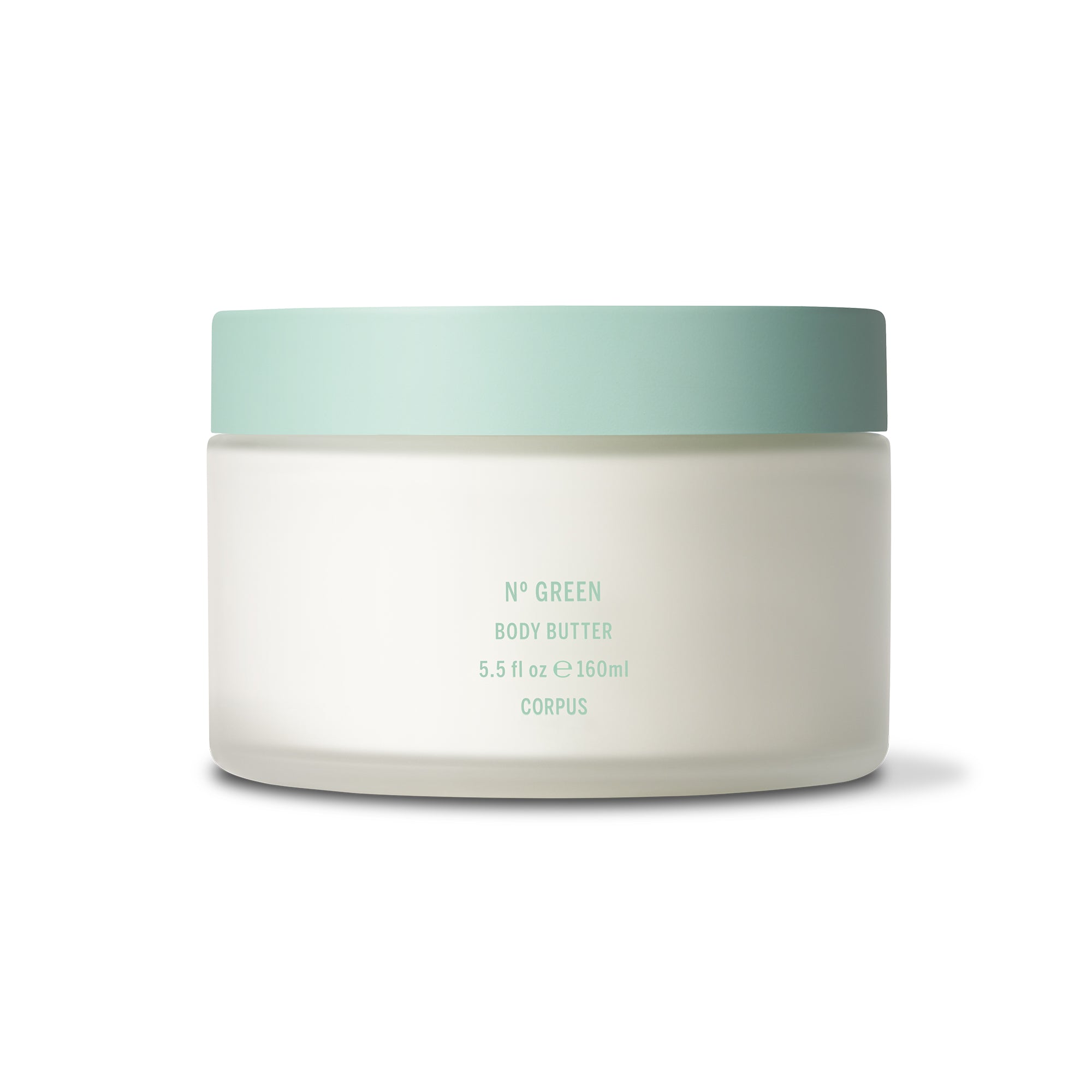
We’ve all been there, standing in front of the mirror on the eve of a major meeting, party, or otherwise long-awaited evening out, and being greeted with a surprise eruption, inexplicable redness, or that stinging, closed-up feeling that we can’t quite identify. It appears to be a coincidence at first. But it is not. The connection between stress and skin is rooted in biology and is very personal. Emotional stress isn’t just a burden on our minds- it leaves its mark on our bodies, particularly the skin, our largest organ and most outward-facing communicator.
As the pace of life accelerates, our skin tends to be the first to show cracks. In this blog, we’ll look at how stress affects the skin and, more importantly, how we can nourish it through rituals of rest, regulation, and renewal.
The Skin-Stress Connection: What Science Says
Let’s begin at the cellular level. When we are under stress- emotional, physical, or psychological, the brain releases a distress signal, and the hypothalamic-pituitary-adrenal (HPA) axis is triggered. This sets off a chain reaction of hormones, most prominently cortisol, the body’s major stress hormone. Though cortisol is crucial in spurts and awakens us, helps us react, and allows us to adapt; chronically high levels wreak havoc throughout the body, affecting our skin as well.
An interesting aspect to this is that the skin itself possesses a peripheral HPA axis; it secretes cortisol and reacts to it, essentially behaving like its own little stress-response system. This proves that the stress and skin link isn’t simply figurative; it’s a scientific fact.
Common Stress-Induced Skin Issues
Stress doesn’t discriminate. It takes many forms based on your biology and way of life. Nevertheless, there are some common patterns we see repeatedly:
1. Breakouts and Stress-Related Acne
This is the most famous symptom of the skin-stress connection. When cortisol spikes, our oil glands overdrive. Increased sebum production meets with dead skin cells and bacteria to clog pores and create stress acne. Breakouts tend to show up on the jawline, neck, and cheeks and are notoriously resistant to your standard spot treatments.
2. Inflammation, Redness and Flare-Ups
For anyone with conditions such as eczema, rosacea, or psoriasis, stress can prove to be the ultimate trigger. It compromises the skin’s immune defense and makes it hypersensitive. Burning, stinging, and blotchy redness are characteristic signs of skin problems caused by stress and based on inflammation.
3. Dullness, Dehydration and Sensitivity
Chronic stress damages circulation and inhibits cellular turnover. This makes your skin look dull and lackluster. Skin can also become tight or reactive as a result of compromised barrier function. Even your richest creams can seem to lose their effectiveness, a sure sign of stress-induced imbalance.
Regardless of how ill your skin looks or feels, no matter how each symptom manifests, all these symptoms mean one thing: your skin is stressed out and asking for a break.
Real Talk: How to Know If Stress Is Causing Your Skin Concerns
Observation is key.
If you find flare-ups to be coinciding with emotionally stressful times, a stressful work cycle, traveling, breaking up, or even seasonal changes in routine, you’re onto something. Keep a notebook or a notes app and record how your skin acts based on your mood, energy, and routines.
That being said, it’s always best to eliminate internal or hormonal imbalances. If the changes stick around and get worse, professional assessment can be of benefit. But don’t discount stress, it’s usually the missing piece in the stress and skin puzzle.
What to Do: Calming Skin from the Inside Out
Restoring balance starts at the root, but not the symptoms. Since skin problems caused by stress begin internally, our rituals must also.
Nervous System Support Rituals
When we calm our nervous system, all else follows- including our skin.
- Prioritize sleep hygiene: Incorporate silence, darkness, magnesium, and soothing rituals before sleep.
- Doing breathwork or meditation daily, even for 5 minutes, can help.
- Try adaptogens like ashwagandha or rhodiola to buffer the stress effects.
- Hydrate profusely with electrolyte water or herbal teas.
Calming Skincare Habits
The intention isn’t to ‘correct’ your skin. It’s to nurture and care for it. Add:
- Cooling masks containing cucumber or aloe vera.
- Lymphatic drainage massage to break up facial tension and improve circulation.
- Gentle cleansers that won’t strip the skin barrier.

Hero Ingredients to Search For
- Niacinamide: Soothes inflammation, decreases redness, and fortifies the skin barrier.
- Centella Asiatica: A favorite botanical known to calm and heal.
- Green Tea Extract: Full of antioxidants to combat oxidative stress.
- Hyaluronic Acid: Plumps, hydrates, and restores glow.
The correct products, combined with mindful rituals, can softly coax the skin back into harmony.
Our Approach at Sommet: Beyond Skin Deep
At Sommetbeauty, we respect beauty for the body, for the mind, and for the invisible. To us, addressing the stress and skin relationship is about cultivating the complete self.
Our facials and skincare products are infused with care to soothe, repair, and restore. We incorporate adaptogen-infused ingredients, biomimetic actives, and texture-driven formulas that glide on the skin like silk.
One of our favorites, the Sommet Signature Facial, combines lymphatic massage with a deep cleanse, exfoliation and alginate gel mask. It’s not only meant to treat the skin, but to calm the system.
Real glow isn’t hurried, it’s nurtured.

When to Seek Professional Support
Occasionally, a few adjustments at home are not sufficient. In case of persistent or aggravating stress-related acne or stress-induced skin problems, it’s time to seek advice from a reliable aesthetician or dermatologist.
A trained professional can assist in the identification of stress-related patterns, tailor treatments, and assist your skin in regaining a state of balance.
At Sommetbeauty, we hear every skin concern as a tale to hear and not something to just ‘repair’. It is something to understand. When you’re ready, we’re here to sit with you.



